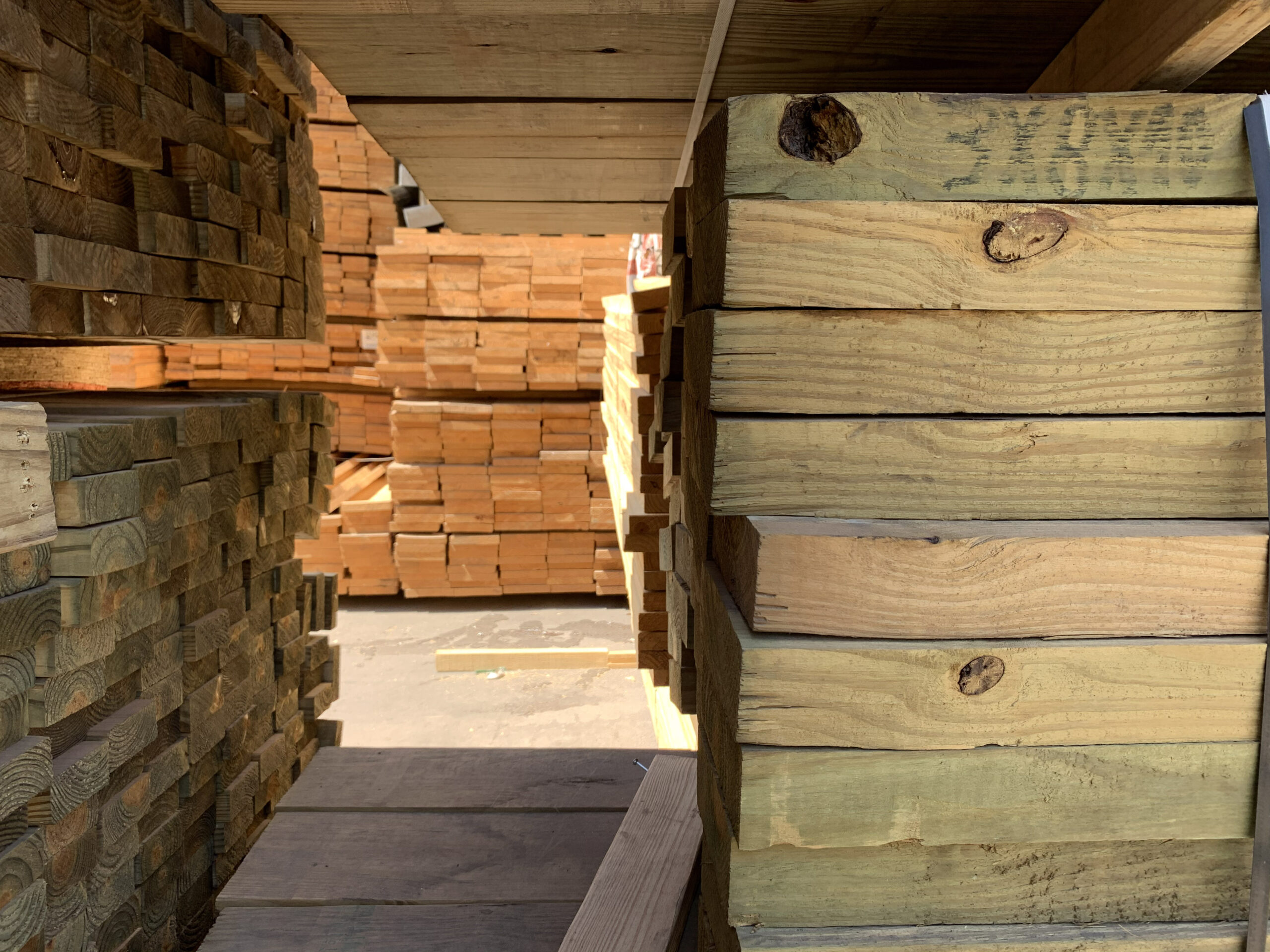Specification Guidelines
Southern Pine Lumber
Specification Guidelines
Use these Southern Pine specification guidelines to help specify the most economical and efficient use of Southern Pine lumber products and minimize misunderstandings between specifier and supplier.
Product availability and pricing varies by market area, so it is important to become familiar with the products available in your location so you can easily obtain the proper materials to meet your needs.

Review these key Southern Pine Lumber SPECIFICATION GUIDELINES
Identification and Quality Control
Each piece of lumber should be grade marked by an agency accredited by the American Lumber Standard Committee (ALSC), and manufactured according to Product Standard PS 20, published by the U.S. Department of Commerce. View typical Southern Pine grade and quality marks here.
Product Classification
Products are identified by categories of ideal use, such as dimension, structural light framing, decking, boards, timbers, etc. Those in categories such as finish, flooring, ceiling, and aiding, etc., should include the pattern name and number assigned by the rules-writing agency. This will correctly identify the product and ensure that it conforms to standard. Select from the product and grade descriptions here.
SIZE AND LENGTH OF PIECES
Products included in lumber standards, such as Dimension Lumber, should be specified by nominal sizes for thickness and width, and by standard lengths which span 8′ to 20′ in two-foot increments. Products with patterns and special orders should include the desired net, dry size, plus the dimensioned profile pattern for less common items. Review standard sizes here.
GRADE AND STRENGTH OF MATERIAL
Standard grades for each product class should be specified after considering the appropriate strength requirements for all grades as well as the intended use and strength requirements. For structural applications, include the required reference design values along with the grade that represents those design values.
MOISTURE CONTENT
Most product classes and grades of Southern Pine have specific moisture requirements, so be sure to use these Southern Pine specification guidelines to ensure the desired moisture content (measured as a percentage) based on the requirements for the product, grade and intended use. Review seasoning requirements and options here.
TRANSPORTATION AND STORAGE
All lumber in transit, storage, and handling areas should be protected from moisture, weather, and contaminants. Coatings, wrappings, or coverings should allow circulation and not trap moisture. Review proper storage guidelines here.
PRESERVATIVE TREATMENT
When pressure-treated lumber is required, it should be treated according to appropriate American Wood Protection Association (AWPA) Standards or through the product evaluation process of the International Code Council (ICC) Evaluation Service. Quality control should be done by an approved inspection agency.
Each piece of lumber should be identified with a quality mark or end tag bearing the name of the inspection agency, end use application, use exposure, preservative used, retention level, treating company, and year of treatment. Jobsite fabrication cuts and borings should be field-treated with copper naphthenate with a minimum 2% metallic solution in accordance with AWPA Standard M4. Products, preservatives, uses, and standards are described in SFPA’s Pressure-Treated Southern Pine technical publication.